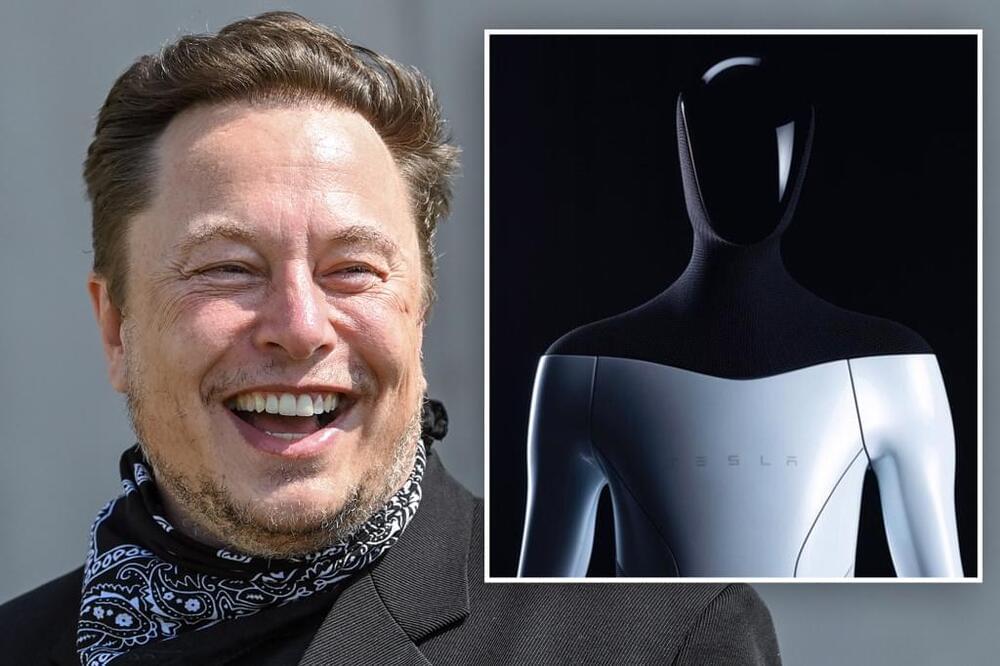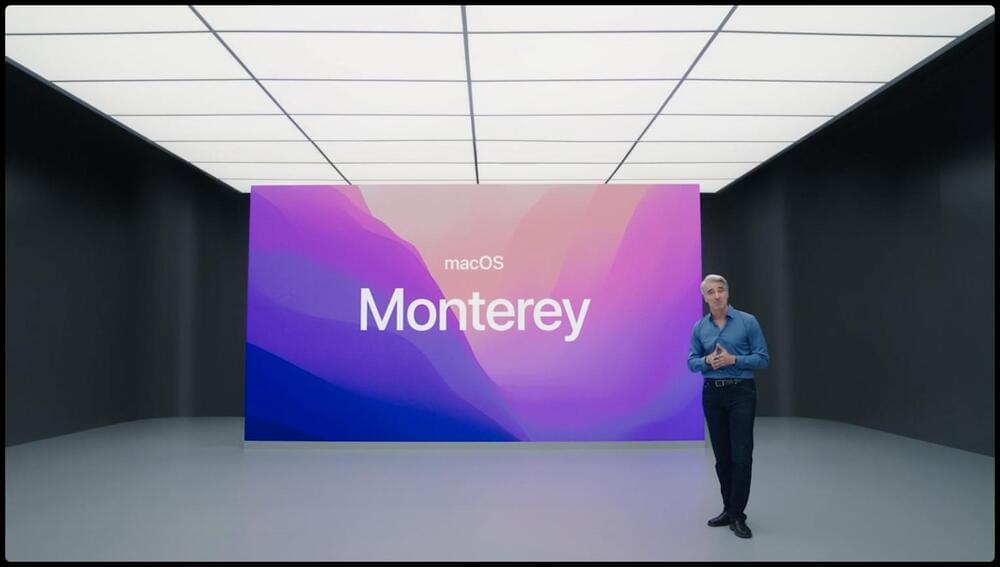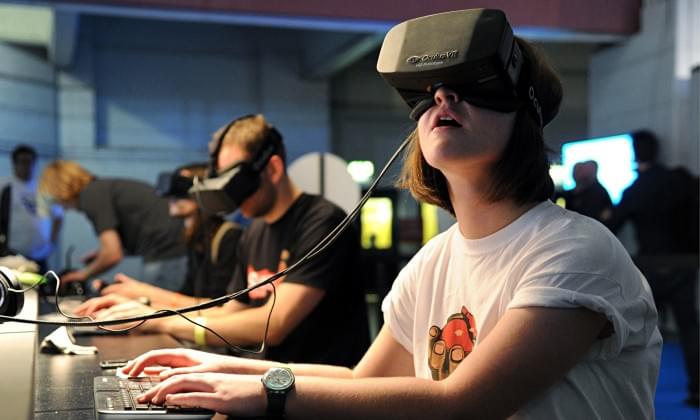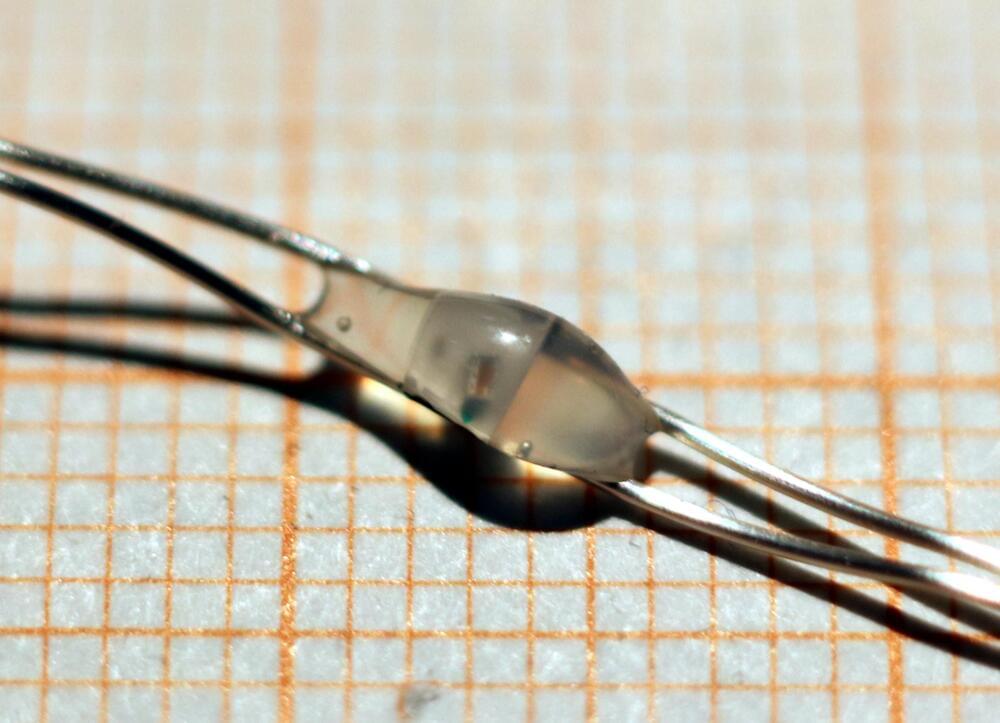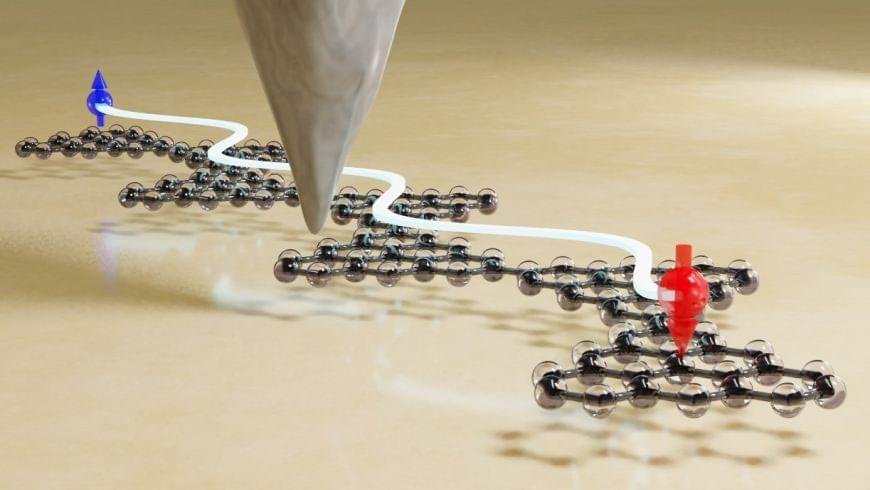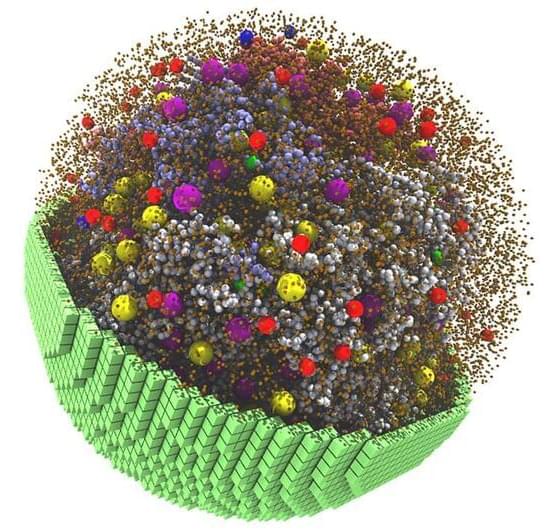Elon Musk recently said that Tesla’s humanoid robo t project is the “most important product development we’re doing this year.”
On Wednesday, during Tesla’s earnings call, Musk said Tesla’s humanoid robot has the potential to be more significant than the vehicle business over time’ and it is the most important product development they are doing in 2022. Musk introduced the concept of Tesla’s humanoid robot back in August, 2021 during Tesla’s AI event.
Tesla’s humanoid robot aka Tesla Bot is a 5-foot-8-inch and 125-pounds robot aims to do the dangerous, repetitive, physical tasks in the future. Elon Musk joked that Tesla Bot will be friendly and also mentioned that it will be built from lightweight materials.
